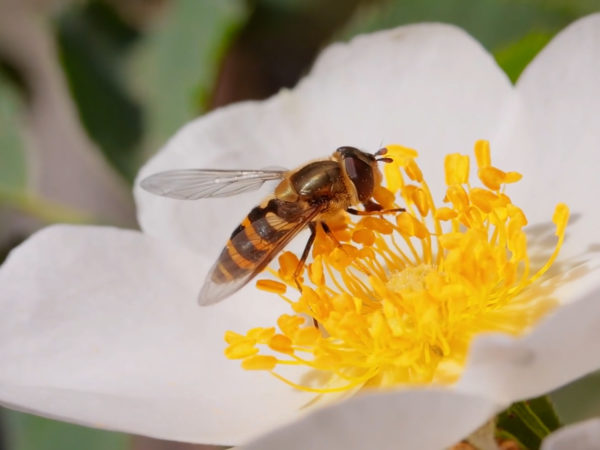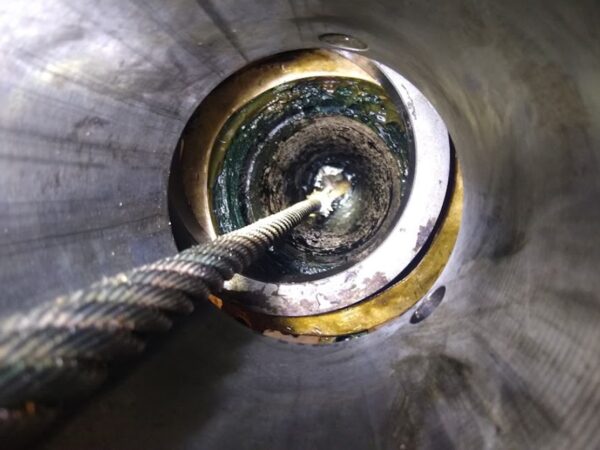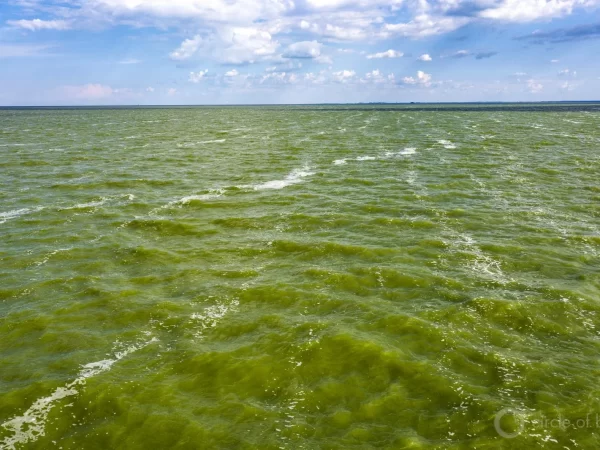
Science Says What? is a monthly column written by Great Lakes now contributor Sharon Oosthoek exploring what science can tell us about what’s happening beneath and above the waves of our beloved Great Lakes and their watershed.
The last couple decades have been good to southern flying squirrels in the upper reaches of the Great Lakes.
Like other species around the world, these tree-top dwelling rodents have reacted to warming temperatures by advancing northward. In their case, by gliding under the cover of darkness from tree to tree using flaps of skin between their front and rear legs. Taking advantage of air resistance, they can glide about three times as far as their starting height while using their tails as rudders.
Today, southern flying squirrels are routinely found in Ontario’s Algonquin Park, roughly 62 miles (100 km) from their historic northern limit and solidly in the territory of a separate species of squirrel – northern flying squirrels.
Jeff Bowman, a population ecologist with the Ontario Ministry of Natural Resources and Forestry and a professor at Trent University in Peterborough, was the first to notice their northern creep and continues to follow their progress. His research is uncovering some intriguing implications.
Back in 2003, he discovered that where the two species overlapped, some of their babies looked a bit like southerners and a bit like northerners.
While both have protruding, almost comical-looking eyes, and can flatten their bodies like furry pancakes for aerodynamic gliding, southern squirrels are smaller and have pure white belly fur. The larger northerners have two-toned gray-white bellies.
But Bowman was finding some southern-sized squirrels with mottled grey-white belly fur.
Not surprisingly, he also discovered both species sharing tree cavities, where squirrels cuddle together for warmth on frigid winter nights. And make babies.
DNA analysis would later confirm the strange-looking squirrels were in fact hybrids and Bowman’s discovery would turn out to be the first documented example of crossbreeding following the expansion of a species’ range due to modern climate change.
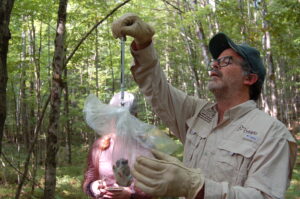
Jeff Bowman weighing a squirrel. (Photo Credit: James Proffitt)
Hybrids 101
To understand what’s at stake, first a short primer on hybrids: Crossbreeding wildlife is not new, but human-induced changes such as global warming, development and the introduction of non-native creatures are bringing together previously separated species.
While there are no baseline studies to show there are more hybrids than nature intended, anecdotal evidence is mounting.
In the Pacific Northwest, crossings between spotted and barred owls threaten the tiny population of spotted owls whose old growth forest habitat has been squeezed by logging. Across western North America, pure cutthroat trout populations have declined as they breed with various introduced species of trout. And in central and eastern North America, the red wolf/coyote cross is a long-standing example of hybridization resulting from human development.
Crossbreeding can have several consequences, none of them well understood. It could increase genetic diversity, helping species weather rapid ecosystem changes – perhaps Mother Nature’s answer to the upheavals humans have wrought.
But if hybrids are better suited to a changed habitat than either of their parents, it could lead to the dilution of the genetics of their parent species, even beyond recognition. In that case, the hybrids could become the dominant species, or what’s known as a “swarm.”
Bowman is now pretty confident this is not happening with the squirrels. His research shows the hybrids have been holding steady for the past 20 years at just under five percent of the population.
While they can breed with each other and their parent species, they don’t seem to be doing a lot of that and it’s probably because they’re not as well suited to the habitat. Northerners are good at withstanding cold, while southerners are good at fighting off disease from warmer climes. Perhaps their hybrid babies are capable of neither.
Whatever the issue, they don’t seem to be living long enough to breed beyond the five percent threshold. They may in essence be a genetic dead end.
But it’s hard to know in advance if a hybrid’s novel mix of genes will harm or help. One example of a genetic gamble that didn’t work out so well: Grizzly/polar bear crossbreeds in a German zoo excelled at hunting seals but didn’t have the strong swimming abilities of their polar forebears.
Bowman and his team recently sequenced the hybrid squirrels’ genomes to figure out what genetic changes might be responsible for their inability to increase their population, but don’t yet have results.
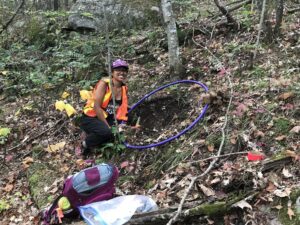
Graduate student, Rebekah Persad, looking for truffles (typical northern squirrel food). (Photo Credit: James Proffitt)
Crisis averted?
In the meantime, he’s watching closely to see what effect all three types of squirrels’ habits might have on northern forests. Bowman’s graduate student, Rebekah Persad, for example recently found their dining preferences have significant implications.
Northerners tend to eat fungus – mushrooms and truffles— spreading fungal spores and nitrogen-fixing bacteria as they defecate throughout the forest. This is important because northern forests depend on both spores and nitrogen to create connections between roots that allow trees to share water and soil nutrients.
But southern flyers are mostly seed eaters, having evolved in seed-producing deciduous forests. If they take over from their northern cousins in the coniferous forests and don’t become fungus-eaters, that could put the whole ecosystem at risk.
Luckily, it seems southerners aren’t fussy eaters and Persad’s early research suggests they – and their hybrid babies – may be switching up their diets to include fungus.
That could be good news for northern forests. For now, anyway.
As we humans continue to remove barriers between species, it may mean more hybrids, along with more questions about their impact on new habitats.
Catch more news at Great Lakes Now:
Science Says What? What’s up with dissolved organic carbon (AKA why is my local stream murky?)
Science Says What? How 5th-graders counting plants can lead to positive change
Featured image: Southern flying squirrel. (Photo Credit: James Proffitt)


